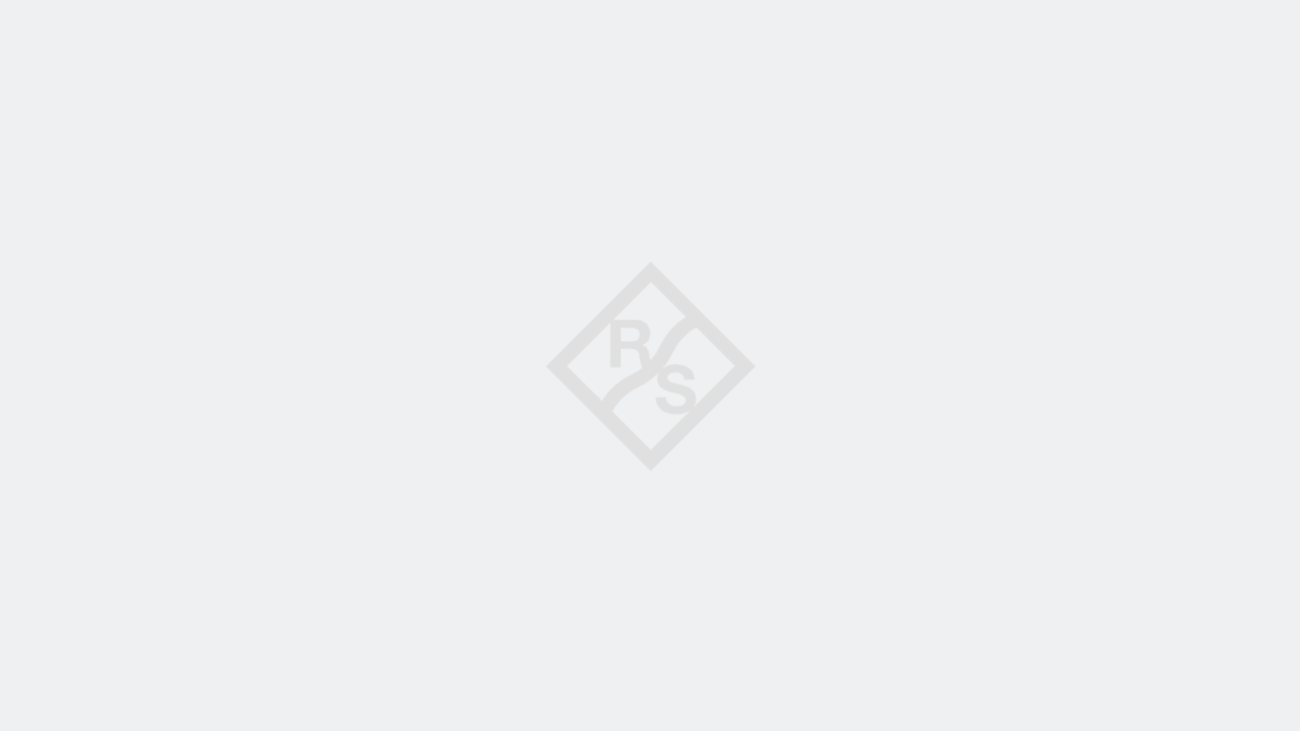The DVB-S2 standard (EN 302 307) defines the second-generation modulation and channel coding system for satellite TV to make use of the improvements that have emerged since the publication of the DVB-S standard. DVB-S2 is a very flexible standard covering a variety of applications by satellite.
DVB-S2X Technology


The original DVB-S2 has been extended with part 2, which defines the additional DVB-S2X MODCOD schemes. The DVB-S2 standard now comprises part 1 with the classic MODCODs and part 2 with the new DVB-S2X MODCODs.
DVB-S2X enables a higher performance and extends the functionality of the DVB-S2 standards and its applications such as direct-to-home (DTH), DSNG and professional VSAT applications and related services. This same mechanism allows transmissions to be tailored to enable a receiver to save power by decoding only a single program rather than an entire multiplex of programs.
- Extension of the existing DVB-S2 standards
- Additional MODCODs for more efficient utilization of the physical channel capacity, e.g. with 256APSK
- The high number of new MODCODs allows finer granularity and adaptation to the transmission channel
- Optimum adaptability to transmission conditions
- Very low signal-to-noise ratio (VLSNR) MODCODs down to –10 dB
- Opportunity for better utilization of the bandwidth with additional, low rolloff factors (5 %, 10 %)
- New constellations for linear and nonlinear transmission channels
- Channel bonding of up to three channel


